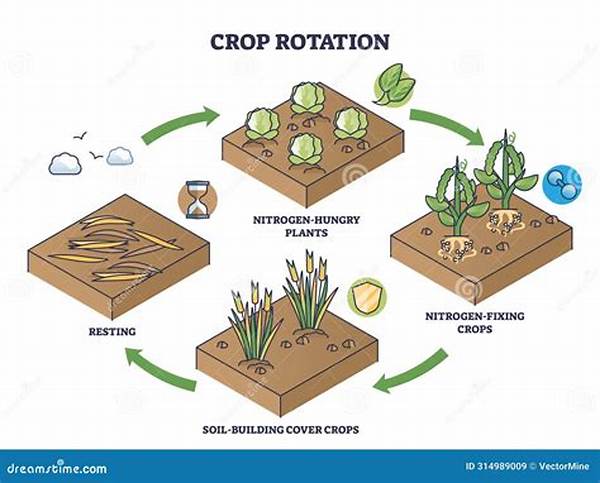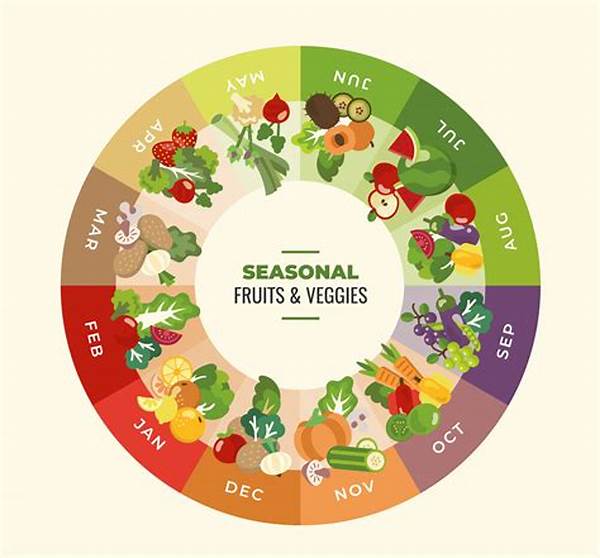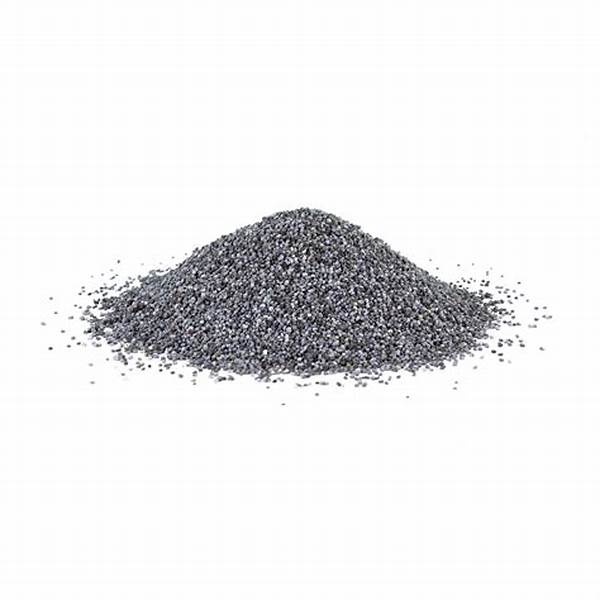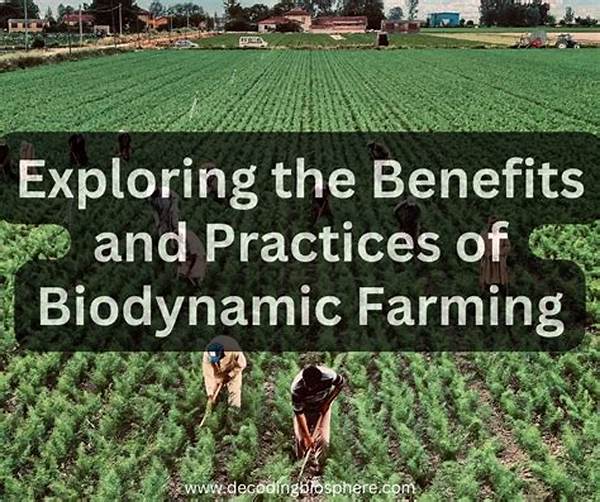Imagine a world where soil is so fertile that your crops thrive, not just survive. A world where your farming practices not only yield bountiful harvests but also contribute to sustainable agriculture. This isn’t a fantasy—it’s a reality achievable through crop rotation. For centuries, farmers have turned to crop rotation to naturally enhance soil fertility, creating a cycle of nutrient-rich soil that nourishes plants season after season. If you aim for thriving agriculture and sustainable practices, understanding and utilizing crop rotation is an essential step forward.
Read Now : Organic Csa Vegetable Deliveries
The Beneficial Cycle of Crop Rotation
Embracing crop rotation means embracing a tradition of agricultural success. By alternating different crops in the same field across seasons or years, this practice ensures that soil doesn’t exhaust the nutrients a single crop demands repeatedly. Why stick to one when you can diversify and play nature’s game of balance? Crop rotation and soil fertility are intrinsically linked; just as a well-nourished body performs optimally, well-rotated crops result in fertile, productive land.
The beauty of crop rotation lies in its simplicity and effectiveness. By changing crops, you disrupt the life cycles of pests and diseases, minimizing their prevalence without the need for excessive chemical interventions. This not only saves money on pesticides but also promotes healthier ecosystems. By implementing crop rotation, you are investing in a sustainable farming method that significantly boosts soil fertility, enhances yield quality, and supports biodiversity.
Witness the tangible benefits of crop rotation and soil fertility firsthand by implementing this agricultural strategy. As you alternate leguminous crops, for instance, you benefit from their natural ability to fix atmospheric nitrogen in the soil, resulting in reduced reliance on synthetic fertilizers. Harness the power of nature’s own systems to rejuvenate and replenish your soil, achieving a farm that’s as prosperous as it is environmentally conscious.
Key Advantages of Crop Rotation
1. Nutrient Replenishment: Alternating crops prevents nutrient depletion and enhances soil fertility through crop-specific nutrient demands.
2. Pest and Disease Control: Crop rotation breaks pest and disease cycles, reducing reliance on chemical control measures and promoting healthier soil ecosystems.
3. Improved Soil Structure: Regularly rotating crops enhances soil structure, reducing soil erosion and promoting aeration—key elements for fertility.
4. Increased Yield Stability: By diversifying crops, you create a more resilient agricultural system, capable of withstanding environmental challenges and maintaining high yield.
5. Sustainable Farming Practices: Crop rotation aligns with sustainable agriculture principles, championing environmental stewardship through soil fertility enhancement without over-reliance on chemicals.
How Crop Rotation Enhances Soil Quality
When we discuss enhancing soil fertility, crop rotation should be at the forefront of the conversation. This practice works wonders for breaking down soil compaction, leading to better water infiltration and root development. When deeper root systems are established, plants can access nutrients they might otherwise miss, ensuring robust growth. Such improvements in soil structure and health manifest through increased crop yields.
Read Now : Eco-conscious Vacation Lodging Alternatives
Moreover, crop rotation introduces a variety of plant residues into the soil, enriching it with organic matter. This not only proves essential for the soil’s physical properties but also boosts microbial activity. An active microbial community is critical for nutrient cycling, further enhancing soil fertility. So, by choosing crop rotation, you’re not only doing a favor to the soil but advocating for a healthier agricultural ecosystem.
Strategies for Effective Crop Rotation
A Deep Dive into Sustainable Practices
The road to sustainable agriculture undeniably passes through effective crop rotation. Integrating this ancient practice into modern farming aligns with sustainable practices by effectively enhancing soil fertility without relying heavily on chemical fertilizers. The beauty of crop rotation is in its adaptability, capable of meeting both conventional and organic agricultural needs.
Crop rotation stands as a beacon of sustainability that invites farmers to witness significant time-tested results. As the soil enriches naturally, farmers report fewer issues with soil fatigue and see visible improvements in crop health. In this ever-evolving agro-industry, crop rotation promises not only better soil fertility but a brighter, greener future for generations to come.
The Role of Farmers in Soil Fertility
Farmers hold the key to unlocking the full potential of crop rotation and soil fertility. It’s not just about planting different crops in a sequence but understanding the land’s needs and adapting accordingly. Knowledge of local soil types, climate conditions, and crop behaviors must inform your strategies, making your rotation not just productive but remarkably efficient.
By championing these practices, you’re not just looking at immediate rewards. You’re building a legacy, ensuring the future of agriculture is both prosperous and sustainable. The commitment to utilizing crop rotation speaks volumes about a dedication to both current and upcoming generations—a testimonial to responsible and visionary farming.
Improve your yields and enrich your soil with the age-old techniques of crop rotation. Equip yourself with the knowledge of how these methods naturally enhance soil fertility, setting the stage for flourishing agricultural endeavors. The promise is real and attainable: a sustainable future, one rotation at a time.



